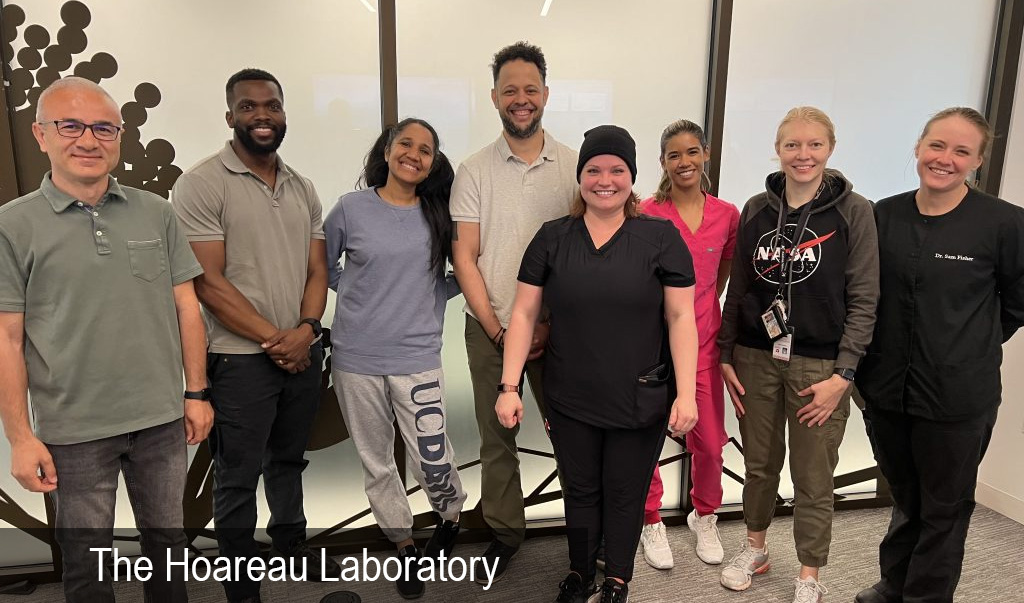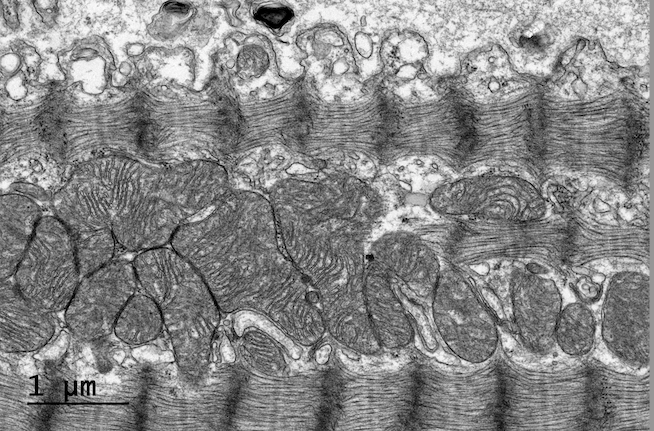
The Hoareau’s Resuscitation and Cellular Pathobiology Laboratory focuses on studying cellular responses to ischemia and mitigating the negative effects of trauma, particularly after severe blood losses. A particular area of interest is ischemia-reperfusion injury and mitochondrial pathobiology. The laboratory explores ways to preserve organs, reduce damage, and improve resuscitation effectiveness. One of the several models the laboratory uses to study these phenomena is REBOA (Resuscitative endovascular balloon occlusion of the aorta), a clinical technique leveraging aortic occlusion to control bleeding after severe torso injury. REBOA is also a perfect model to rigorously research basic cell responses to ischemia-reperfusion injury. The laboratory can analyze mitochondrial morphology and function and has full capability to test novel therapies for a wide range of traumatic injuries. Through this work, we hope to improve patient outcomes and reduce the deleterious effects of severe trauma.

Featured Publications
 | Elamipretide mitigates ischemia-reperfusion injury in a swine model of hemorrhagic shock https://pubmed.ncbi.nlm.nih.gov/36934127/ | ischemia-reperfusion injury (IRI) after hemorrhage is potentiated by aortic occlusion or resuscitative endovascular balloon occlusion of the aorta (REBOA). Given the central role of mitochondrial injury in shock, we hypothesized that Elamipretide, a peptide that protects mitochondria, would mitigate IRI after hemorrhagic shock and REBOA. | N Patel, M A Johnson, N Vapniarsky, M W Van Brocklin, T K Williams, S T Youngquist , R Ford, N Ewer, L P Neff , G L Hoareau |
| In our porcine model of hemorrhagic shock, zone 1 REBOA was associated with myocardial injury. Pharmacologic heart rate titration with esmolol during occlusion may mitigate the deleterious effects of REBOA on the heart. | Hoareau, GL, Beyer, CA, Caples, CM, Spruce, MW, Gilbert, Z, Grayson, JK, Neff, LP, Williams, TK, Johnson, MA (2020). Esmolol reduces myocardial injury induced by resuscitative endovascular balloon occlusion of the aorta (REBOA) in a porcine model of hemorrhagic shock. Injury, 51, 10:2165-2171. | |
Not ready for prime time: Intermittent versus partial resuscitative endovascular balloon occlusion of the aorta for prolonged hemorrhage control in a highly lethal porcine injury model | Compared with iREBOA, pREBOA reduced the time spent at full occlusion and the number of precipitous drops in proximal mean arterial pressure while delivering more distal aortic flow but not increasing total blood loss in this highly lethal injury model. Neither technique demonstrated a survival benefit. Further refinement of these techniques is necessary before clinical guidelines are issued. | Johnson, MA, Hoareau, GL, Beyer, CA, Caples, CA, Spruce, M, Grayson, JK, Neff, LP, Williams, TK (2020). Not ready for prime time: Intermittent versus partial resuscitative endovascular balloon occlusion of the aorta for prolonged hemorrhage control in a highly lethal porcine injury model. J Trauma Acute Care Surg, 88, 2:298-304. |







